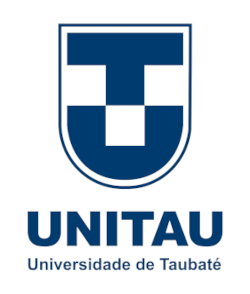Effectiveness of different types of anti-burst reinforcements for anchorage zones of post-tensioned concrete slabs
Resumo
A post-tensioned prestressed system basically consists of a high strength tendon or strand running through the length of the concrete structure. The strand is stressed using a hydraulic jack, the tensile stressing force of the strand is transferred into the concrete by the use of anchorages. One of the most critical aspects of post-tensioned construction, which is also necessary for the success of the system, is the “anchorage zone”. The relatively large compressive forces generated from the strand are applied to the concrete over a small area. For this reason steel reinforcement known as anti-burst is used in the anchorage zone to control cracking caused by tensile forces as a result of the tensioning. Eight 150 mm thick 400mm x 1000mm post-tensioned concrete slabs with varying types of anti-burst reinforcements and two different concrete strengths were designed and tested to failure. Pull out tests were conducted at up to 95% of the tendon’s tensile strength to find out the most effective type of anti-burst reinforcement and the effect of variation in concrete strengths. The rectangular helices type was found to be the best performer while the higher concrete strength was the better.Downloads
Publicado
2008-10-13
Edição
Seção
Artigos





